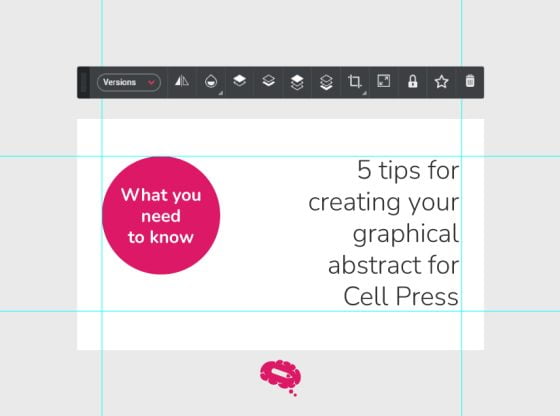
Graphical abstracts and Cell Press
If we stop for a second and analyze, graphical abstracts are very recent initiatives, being applied not more than a decade.
We can affirm that the main goal of a graphical abstract is to deliver the main idea of a paper or its main results in just one figure with concise information.
In general, graphical abstracts are the first step in inducing the public to read the full article.
Of course, one single image could never present all the paper complexity due to its limited space. However, having an open mind and a lot of creativity is important in the graphical abstract development process.
Deciding what your graphical abstract will be about, what information will be more attractive to your reader, and how to show this visually are very important steps to accomplish. Furthermore, finding a balance between the amount of information and the best design is also not an easy task.
Nonetheless, we guarantee that the process will become easier with time and practice.
In the article, What’s new in abstracts of science articles1, the author James Hartley discuss that despite graphical abstracts are supposed to provide “a single, concise pictorial and visual summary of the main findings of an article”, a definition that you can find at Elsevier guidelines2 for graphical abstracts, he finds these abstracts often difficult to understand and often is need to appreciate the text beforehand to understand the graphic.
This is the main point! Graphical abstract has to deliver enough information for the reader to understand it and attempt to check the rest of the paper, not the other way around (the reader needed to read the text because doesn’t undestand the graphical abstract).
Suppose the reader needs it to read your text to understand what your paper is about. In that case, your graphical abstract will not be working as, just like Elsevier defines it, “ a figure that is specially designed for the purpose, which captures the content of the article for readers at a single glance.”
You don’t want your graphical abstract to fail on that task, right? Neither do we, that’s why we are here to help you!
We gather 5 tips for you on creating a graphical abstract and what you need to know to get your graphical abstracts successfully accepted by any Cell Press Journal.
